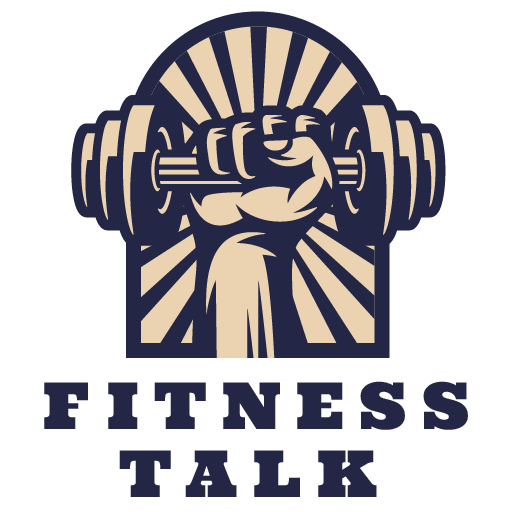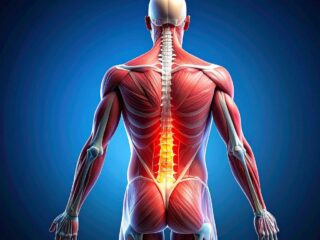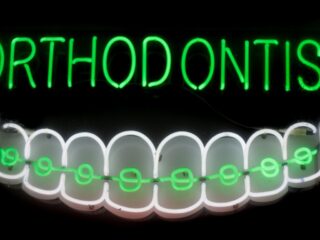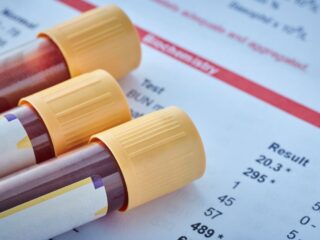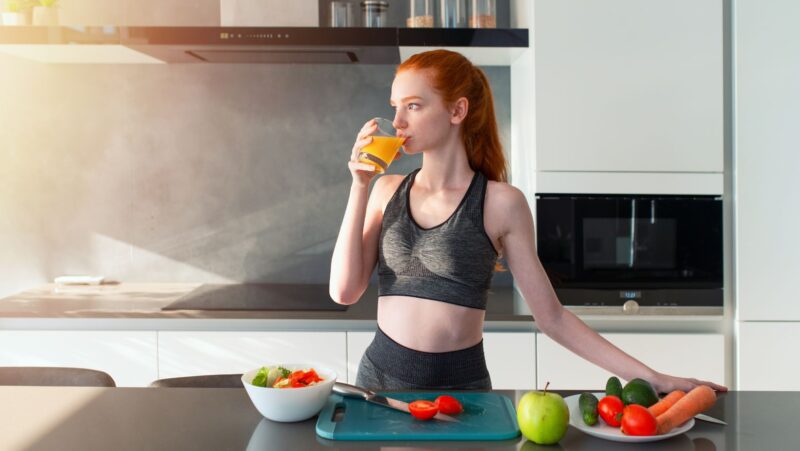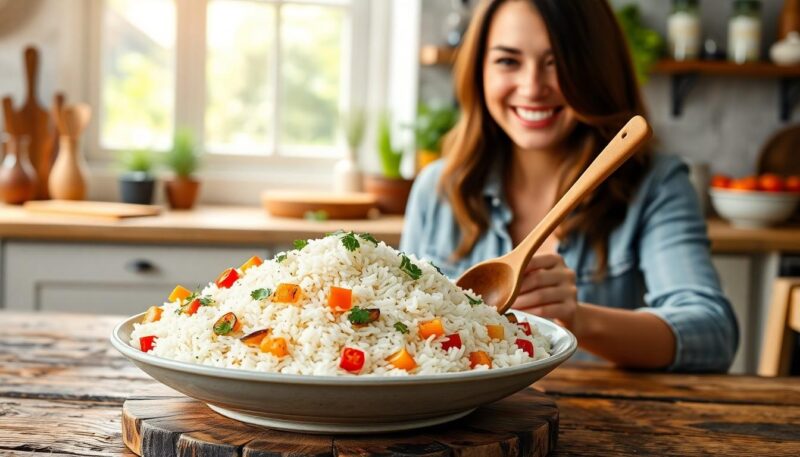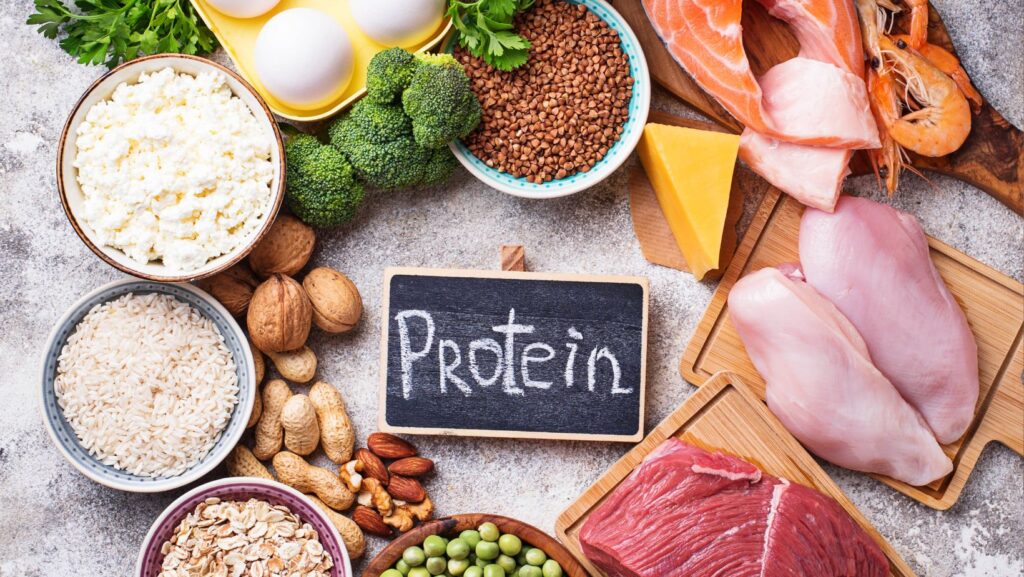
If you’ve ever tried to lose weight, you’ve likely come across countless diet plans, each promising magical results. But among the noise, one approach stands out for its proven effectiveness and simplicity: the high-protein diet plan. Not only does it help you shed those extra pounds, but it also leaves you feeling full, energized, and satisfied. Let’s dive into the science, benefits, and practical ways to adopt a high-protein diet plan to lose weight.
Why Choose a High-Protein Diet Plan?
When it comes to weight loss, protein is your best friend. Here’s why:
- Increases Satiety: Protein is highly satiating, meaning it keeps you full for longer. This can naturally reduce your calorie intake without feeling deprived.
- Boosts Metabolism: Digesting protein requires more energy than fats or carbs, which temporarily increases your metabolism.
- Preserve Muscle Mass: During weight loss, your body can lose both fat and muscle. A high-protein diet helps preserve muscle while promoting fat loss.
- Improves Overall Health: Protein is essential for repairing tissues, producing enzymes, and supporting immune function.
How Much Protein Do You Need?
The recommended protein intake varies based on age, activity level, and weight. However, aim for 1.2 to 2.0 grams of protein per kilogram of body weight per day for effective weight loss. For instance, if you weigh 70 kg (154 lbs), you’d need about 84 to 140 grams of protein daily.
Creating a High-Protein Diet Plan to Lose Weight
Here’s how to craft a high-protein diet plan that fits your lifestyle:
Start Your Day with Protein
Breakfast sets the tone for your day. Swap sugary cereals or pastries for high-protein options:
- Egg-Based Dishes: Scrambled eggs, omelets, or boiled eggs.
- Greek Yogurt: Top with berries and nuts for added fiber.
- Protein Smoothies: Blend protein powder with almond milk, spinach, and a banana.
Protein-Packed Lunch
For lunch, focus on lean protein sources:
- Grilled Chicken Salad: Add lots of greens, cucumbers, and a light vinaigrette.

- Turkey Wrap: Use a whole-grain tortilla, and pack it with turkey, avocado, and veggies.
- Quinoa Bowl: Combine quinoa with black beans, grilled shrimp, and sautéed veggies.
Protein at Dinner
Dinner should be a balanced meal with protein at the center:
- Baked Salmon: Pair it with steamed broccoli and roasted sweet potatoes.
- Grilled Tofu Stir-Fry: Add colorful veggies and a soy-ginger glaze.
- Lean Steak: Serve with asparagus and a side of cauliflower mash.
Smart Snacking
Healthy, high-protein snacks can curb hunger between meals:
- Hard-Boiled Eggs
- Cottage Cheese with Pineapple
- Almond Butter on Celery Sticks
- Beef Jerky (low-sodium)
Right Sources of Protein
Not all proteins are created equal. Here are some of the best sources for a high-protein diet:
Animal-Based Proteins
- Chicken, turkey, lean beef, and pork
- Fish like salmon, tuna, and mackerel
- Eggs and dairy (Greek yogurt, cottage cheese, milk)
Plant-Based Proteins
- Lentils, chickpeas, and black beans
- Quinoa, farro, and whole grains
- Tofu, tempeh, and edamame
- Nuts, seeds, and nut butter
Tips for Success on a High-Protein Diet Plan
- Plan Ahead: Prepare meals in advance to avoid unhealthy food choices when you’re busy.
- Stay Hydrated: High-protein diets can increase water loss, so drink plenty of water.
- Balance Your Macros: Include healthy fats and carbs for a well-rounded diet.
- Track Your Intake: Use apps to monitor your protein and calorie consumption.
- Adjust Portion Sizes: Listen to your body and modify portion sizes as needed.
Common Myths About High-Protein Diets
Myth #1: High-Protein Diets Harm the Kidneys
This myth stems from studies on people with pre-existing kidney conditions. For healthy individuals, high-protein diets are generally safe. Always consult a healthcare provider if you have concerns.
Myth #2: You Can Only Eat Meat
While animal protein is a popular choice, plant-based options provide a wealth of protein and other nutrients. Whether on a vegan or carnivore diet, a balanced approach works best.
Myth #3: More Protein Equals Faster Weight Loss
While protein is crucial, overconsuming it won’t magically speed up weight loss. Calories still matter, so maintain a caloric deficit.
What to Avoid on a High-Protein Diet
For optimal results, steer clear of:
- Processed Meats: High in sodium and unhealthy fats.
- Sugary Protein Bars: Often loaded with hidden sugars and additives.
- Skipping Vegetables: Protein is important, but don’t neglect fiber-rich veggies.
Real-Life Example of a High-Protein Diet Plan
Breakfast: 3 scrambled eggs with spinach and a slice of whole-grain toast (25g protein).
Snack: A handful of almonds and a protein shake (20g protein).

Lunch: Grilled chicken breast with quinoa and steamed broccoli (40g protein).
Snack: Cottage cheese with sliced cucumbers (15g protein).
Dinner: Baked salmon with roasted sweet potatoes and asparagus (35g protein).
Total Protein: 135g
Final Thoughts
A high-protein diet plan is not a fad but a scientifically backed approach to weight loss. It’s sustainable, versatile, and effective, making it a favorite among fitness enthusiasts and casual dieters alike. By focusing on whole, nutrient-dense foods and balancing your meals, you can enjoy the benefits of weight loss without sacrificing satisfaction.
Ready to take the next step? Discover how a high-protein diet plan to lose weight can transform your journey. With the right mindset and tools, achieving your goals has never been easier. Let’s make this your last diet!
Remember, weight loss is a personal journey, and there’s no one-size-fits-all solution. Listen to your body, stay consistent, and celebrate small victories along the way. You’ve got this!
